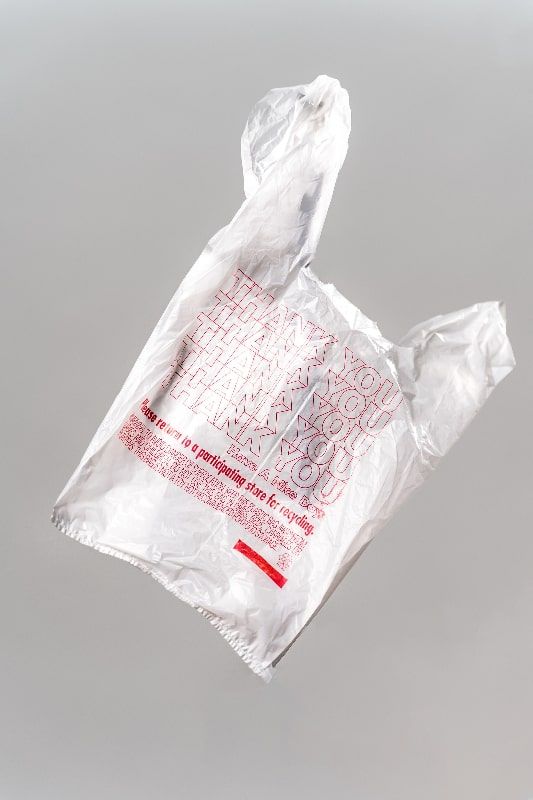Bioplastics as a Potential Biodegradable Alternative to Plastic Waste
Bioplastics are biodegradable materials from renewable sources. Their use is increasing and they are an excellent alternative to reduce the problem of plastic waste in the environment.

In recent years, one of the trends that are gaining more and more momentum to reduce the high rates of pollution worldwide, especially that generated by the excessive use of plastic bags or packaging, is the development of new more environmentally friendly materials that come from renewable sources that can replace, and in the best case, eliminate traditional plastic.
In this scenario, bioplastics, biodegradable materials that can even serve as compost, are presented as an alternative to directly combat the pollution caused by plastic waste, which in the absence of proper treatment or care, ends up in rivers, seas, forests, sewers, and drains, causing not only pollution but also the death of living beings and floods.
What are bioplastics and where do they come from?
Bioplastic is a term used when talking about polymers, that is, large molecules that can form thin sheets or layers that can be deformed, polyethylene being the most popular example because it is found in plastic bags, which are derived from petroleum, a non-renewable source.
Although this topic is not new, since the 1950s and 1960s the sources of natural polymers, found for example in rigid plants and crab shells, began to be explored since they wanted to know the reason for their hardness or how to extract them to be able to give them another use.
This means that bioplastics are materials that are obtained from organic material and that, when properly processed, not only look or feel like a traditional plastic but function like one, the only difference being that they degrade more quickly and without such harmful consequences for the environment.
However, what is new is that many companies are turning to polymers from renewable sources as an option to develop packaging that, if thrown on the ground, will not generate contamination because their characteristics allow them to serve as food for microbes that are in the soil or can even serve as compost.

Have bioplastics arrived to replace traditional plastic?
Compared to traditional plastic, although they can have the same characteristics, depending on the elaboration process used, it will never be possible to create something like polyethylene, because this is a material that is far from being cheap, and is very resistant, durable, and impermeable to water.
While bioplastics, coming from natural, vegetable, or microbial sources, do not have these properties and could not be used with products with high moisture content, since there would come a time when it could weaken, thus affecting the final product in some way.
These materials from renewable sources have other interesting characteristics that could delay food oxidation, encourage microbial growth, or even be mixed with other bioactive that could even have an impact on the reduction of chemical additives such as food preservatives, which are so harmful to human health.
So, aren't bioplastics the ultimate sustainable solution for humans to deal with plastic pollution, or do they just reduce the guilty conscience for using single-use disposables? Processing a bag takes a long time and the time of use is a few seconds, the problem is the irrational use of traditional plastics.

This is what the future holds
Although companies are already applying new technology in the development of polymers that are more friendly to the earth, water, and air, these processes are not yet applied on a large scale, therefore, the few products that are already offered under these new packaging are more expensive than those that come in traditional packaging, because the production of these is still cheap and accessible.
The use of these materials does contribute to reducing pollution levels because as long as there is no change in consumption habits, it could be an alternative to reduce the effects of waste generated every day.
Although the private sector has already put at the center of the discussion the implementation of new ways of producing and even using materials that do not harm the environment, it is necessary to involve and raise awareness of civil society in general so that as consumers we become more demanding and demand more biodegradable packaging. But above all, to be responsible for its destiny to avoid inheriting environmental problems to the next generations.
This is a fact that must start to be considered from now on in order not to continue delaying the maneuvers in favor of the environment since pollution and environmental effects cannot continue to be postponed since it could generate an environmental collapse with much more serious effects than those left by the current pandemic caused by the SARS-CoV-2 virus.




